World Fine Art Professionals and their Key-Pieces, 405 - Sebastian Rypson
World Fine Art Professionals and their Key-Pieces, 405 – Sebastian Rypson
Sebastian Rypson is particularly interested in architecture. Originally he is a cultural anthropologist. In 2020, just before the pandemic, he made a world trip with his wife that started in India (and which unfortunately could not be completed due to the pandemic). In Calcutta, now Kolkata, he made a photo report of the architecture of the Bhadralok.
The exhibition, ‘Building Bhadralok – An Architectural Stroll through Middle-Class India’ featured many photographs of the beautiful, varied metal ornamentation for those houses, partly intended to protect the house, partly as an aesthetic enrichment. In addition, there were photos that showed the atmosphere of the neighborhood and the social interaction of the residents.
Rise of a new class
Sebastian Rypson was happy to explain his photos. “I wanted to explore how the historical Bhadralok culture has influenced the spatial organization of Kolkata’s contemporary urban organization.” The Bhadralok was a social class that originated in West Bengal, with its hub in the city of Calcutta, a city founded by the British.
They emerged at the end of the 18th century, but were especially prominent in the 19th century. 1947 is considered the year of the decline of this social class. As a result of British colonial policies, the sons of the three upper castes (Brahmin, Baidya and Kayastha) in Bengal were given the opportunity to receive Western education and enter the service of the British colonial regime.”
This led to a great flourishing of philosophy, art, literature and science in Bengal, also called the Bengal Renaissance. “They took the ‘indigenous’ head position of the formerly powerful Islamic landowners, the so-called Zamindar. With this they were called the new aristocracy of West Bengal. They spearheaded what would become the Indian middle class and the idea of Indian independence.”
And downfall
But they soon fell through. “Despite their education and self-described superiority, they really had no idea how to run a city or area, how to tax a population, how to run agricultural businesses, how to manage shops and emporia/department stores. They had no practical knowledge and turned out to be very far removed from the broad layers of the Indian population. Ultimately, this social class fell apart.”
Despite this, he had the feeling that he could see the traces of this cultured class when he was there at the beginning of 2020. “In the architecture, in the number of bookshops in the neighbourhoods, in the intellectual cafés, in the architecture, but above all in the relative tranquility you found in these neighbourhoods. So different from the rest of the Indian cities I’ve been to.”
The initial idea
Sebastian has a great fascination for how history affects the here and now. “Especially in the field of the intangible, the immaterial. Of course, I find architecture special to photograph, I find many buildings very beautiful. But what interests me most about architecture is the fact that there was an idea behind it, from an architect, a client, possibly a homeowner, in the manual labor of the builders.”
What’s left of the initial idea? he wondered, walking around. “It could be projection, but I thought I sensed something of the spirit of that intellectual class that ruled these neighborhoods long ago. I am fascinated by the ghosts of history, how they still wander in the forgotten corners, parks and courtyards of a place.”
In this exhibition he has not opted for a ‘less is more’ approach, but for a kind of visual thick description, he adds. The term originates from the social sciences and means a description of human social action that describes not only physical behavior but also their context as interpreted by actors so that it can be better understood by an outsider. In this way, the well-known cultural anthropologist Clifford Geertz described the symbolism and social dynamics of cockfighting (sabungan) in Balinese culture in his essay Deep Play: Notes on the Balinese Cockfight in the book The Interpretation of Cultures (1973).
Can Sebastian point out a key work?
He can. “The key work in the series is perhaps one of the most unsightly images in the exhibition. Architecturally it has nothing to do with Bhadralok, there are a number of men sitting and chatting under a concrete, ‘cosmistic’ structure. The casual atmosphere, the aimless philosophizing about everything from politics to philosophy, art to science, for me that embodies the essence of the Bhadralok. It is to me an embodiment of the spirit of the Bhadralok.”
How long has he been active as a photographer?
“I don’t know if I can call myself a photographer. I am first and foremost a (graduated) cultural anthropologist, and secondly a curator. I therefore work with fantastic photographers and artists, and I don’t have that level. But I have an eye, yes, and an interest in something that is only marginally present in reality. As such I have been photographing for quite a long time, I would say about 10 or 15 years. As a curator I have been working consistently since 2010, and in the 10 years before that I already organized exhibitions, albeit about once a year.”
Finally, what is his philosophy?
Sebastian: “I look from a cultural anthropological and historical perspective, which is important to me. I am intrigued by worlds and lives that saw themselves as central and universal, immensely important to anything and everything, and now only serve as a footnote in historiography.”
Images
1) circles close up 2) three women in front of pink and green house, 3) bicycle man in front of aqua house, 4) cosmist UFO, 5) cyclist in front of pink building, 6) GRILLE sari dancing, 7) labyrinth gate, 8) pink sari pink house, 9) white apartment tree, 10) yellow and red art deco building with bike
https://gallerywm.com/WP/sebastian-rypson-building-bhadralok-architectural-stroll-through-middle-class-india-25-11-24-12-2022/https://www.instagram.com/sebastianrypson/?hl=nlhttps://www.facebook.com/sebastian.rypson/https://www.ifthenisnow.eu/nl/verhalen/sebastian-rypson-dompelt-zich-onder-in-de-bhadralok-cultuur-van-calcutta-kolkata
Disclaimer: The views, opinions and positions expressed within this guest article are those of the author Walter van Teeffelen alone and do not represent those of the Marbella Marbella website. The accuracy, completeness and validity of any statements made within this article are not guaranteed. We accept no liability for any errors, omissions or representations. The copyright of this content belongs to Walter van Teeffelen and any liability with regards to infringement of intellectual property rights remains with the author.



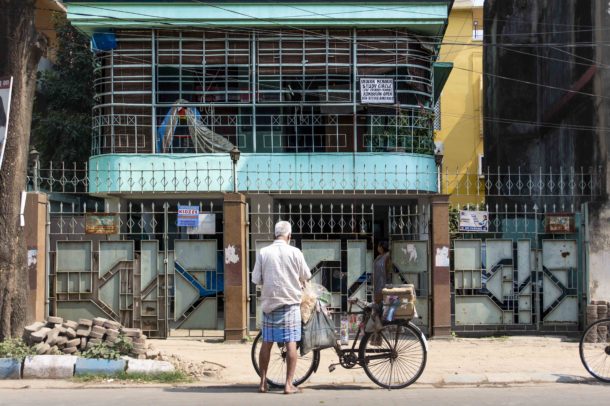
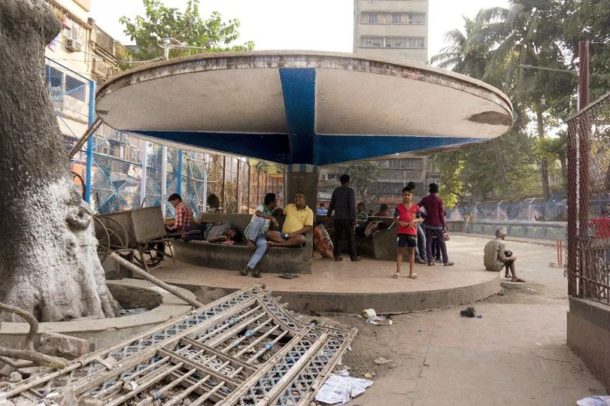
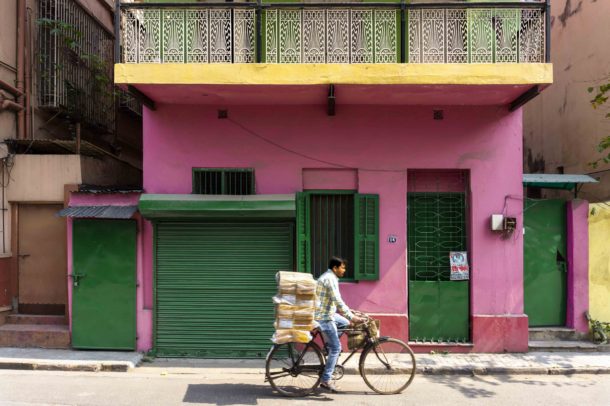
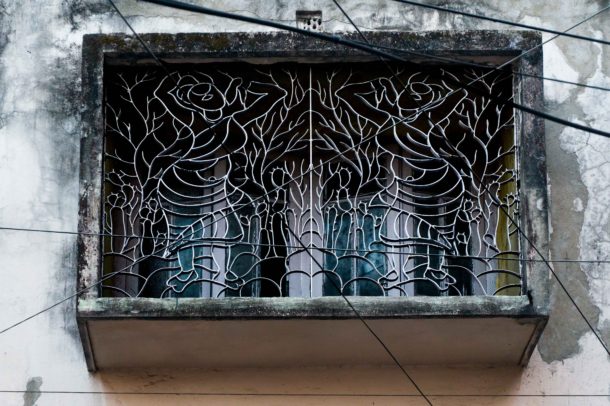
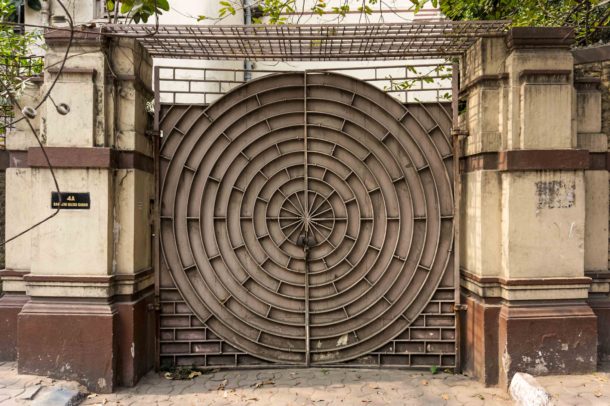
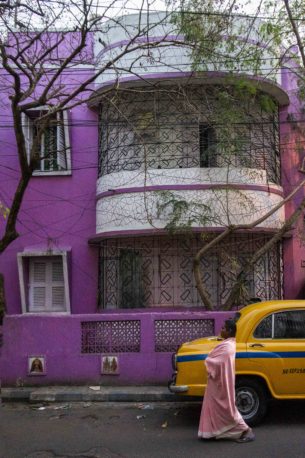
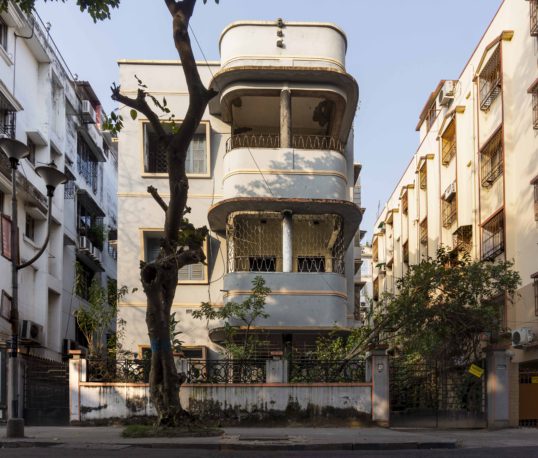
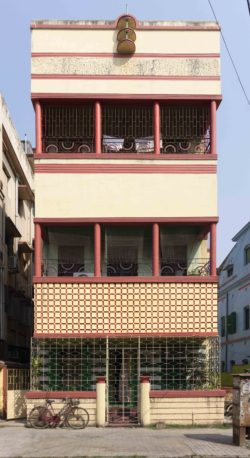














The opinions expressed by individual commentators and contributors do not necessarily constitute this website's position on the particular topic.